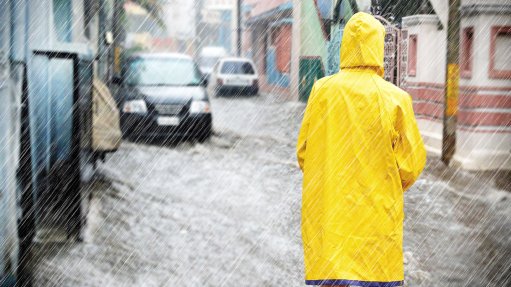
Two Australian resource-rich regions are bracing for potentially damaging storms that could lead to flooding, the latest threats after months of extreme weather events.
A tropical low developing in the Coral Sea off Queensland state is likely to become a cyclone by Tuesday, the nation’s Bureau of Meteorology said. The system is expected to cross the coast around the middle of the week, with a severe impact likely. If the storm crosses the coast, the bureau expects it to weaken and move further south over land, which may trigger heavy rainfall near coal-mining regions.
Meanwhile, a separate tropical low that’s hit the Northern Territory has now entered Western Australia state and is forecast to impact the Pilbara region in coming days. The system is expected to bring intense rainfall as its slowly moves near or just off the iron-ore mining hub’s coast from Wednesday, with a risk it could later strengthen into a tropical cyclone. Multiple areas in the Northern Territory remain on flood watch.
These latest threats come just over a month after Cyclone Jasper triggered destructive flooding and winds in the country’s north. The current tropical low in Queensland is expected to cross the coast around the same region that was impacted by Cyclone Jasper. The Insurance Council of Australia declared that event an “insurance catastrophe.”
“We would obviously be concerned if there was to be any further impact on those areas that were already hit by Tropical Cyclone Jasper, and that are very much still in recovery mode,” Australian Emergency Management Minister Murray Watt said in a television interview Monday.
Queensland is the nation’s biggest producer of sugar and has a large resources industry. That includes production of metallurgical and thermal coal, LNG, and base metals including copper, lead and zinc. Meanwhile, the Pilbara region hosts massive iron-ore operations for companies including BHP Group, Rio Tinto Group and Fortescue, as well as LNG projects operated by Chevon and Woodside Energy Group.
The weather bureau said in October it expected a below-average number of tropical cyclones in 2023-24 due to El Niño. While that pattern often leads to hotter and drier conditions in the continent’s east, the nation’s summer so far has been marked by a prolonged deluge of rain that’s inundated homes and damaged crops from sugar to wheat. Australia’s cyclone season typically runs from November to April.